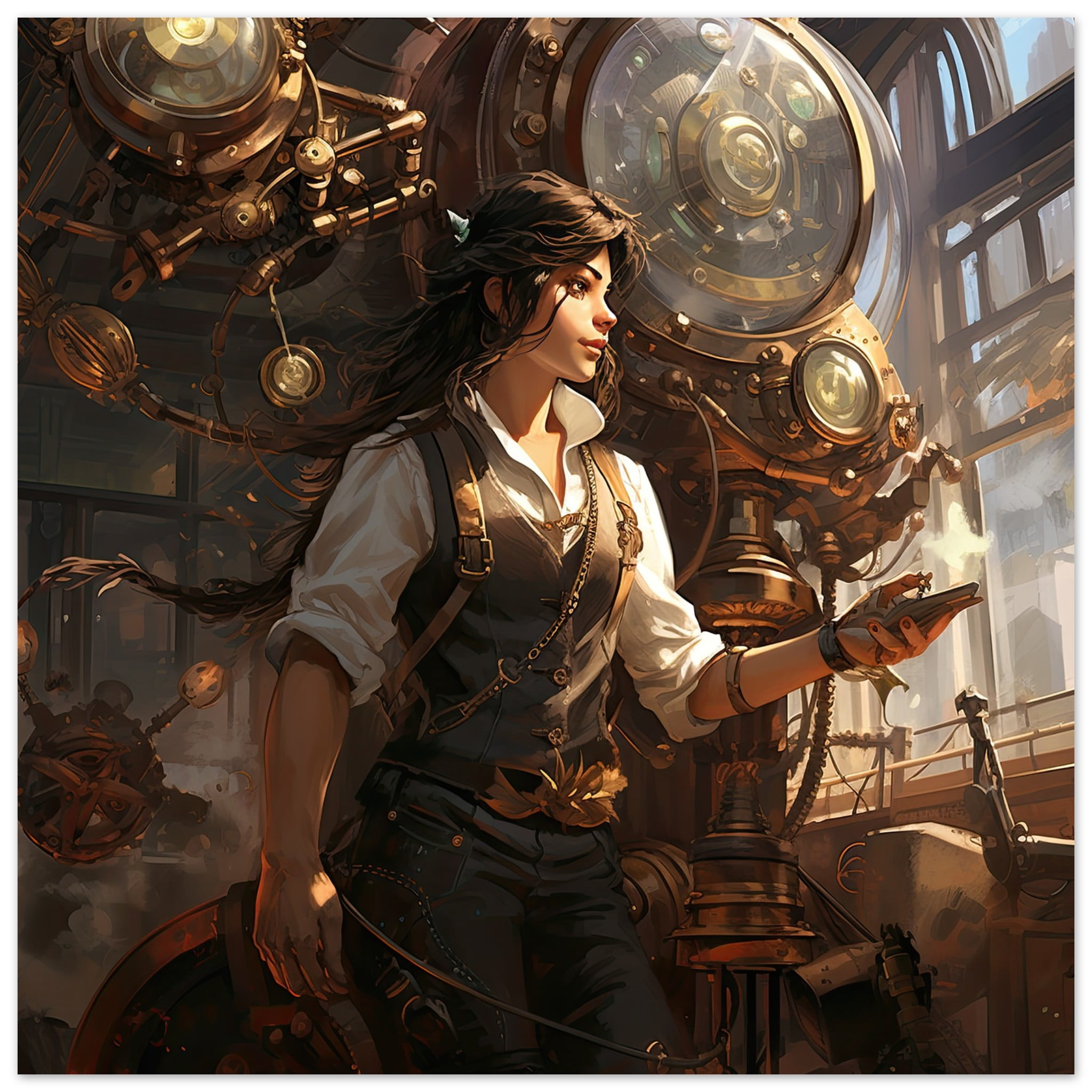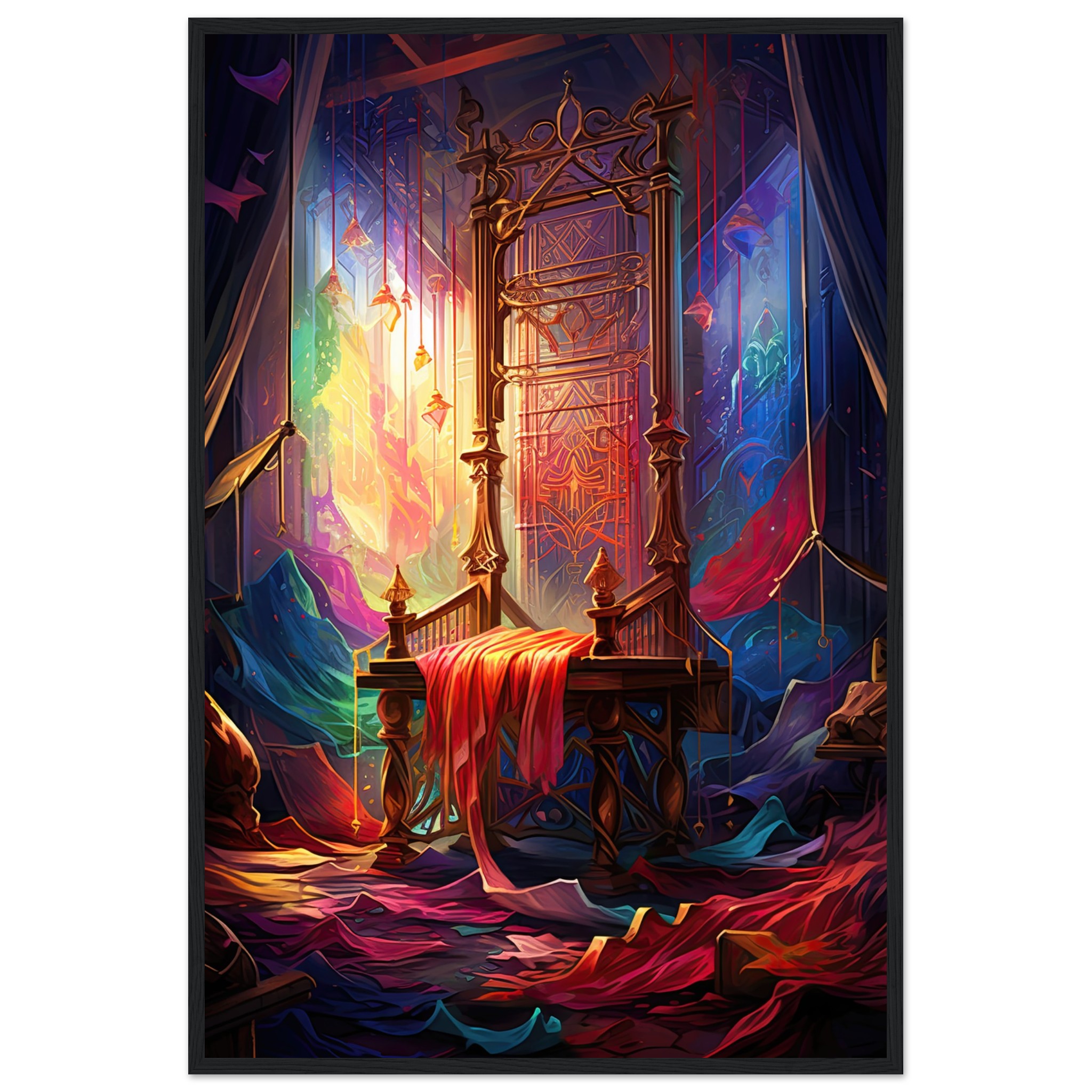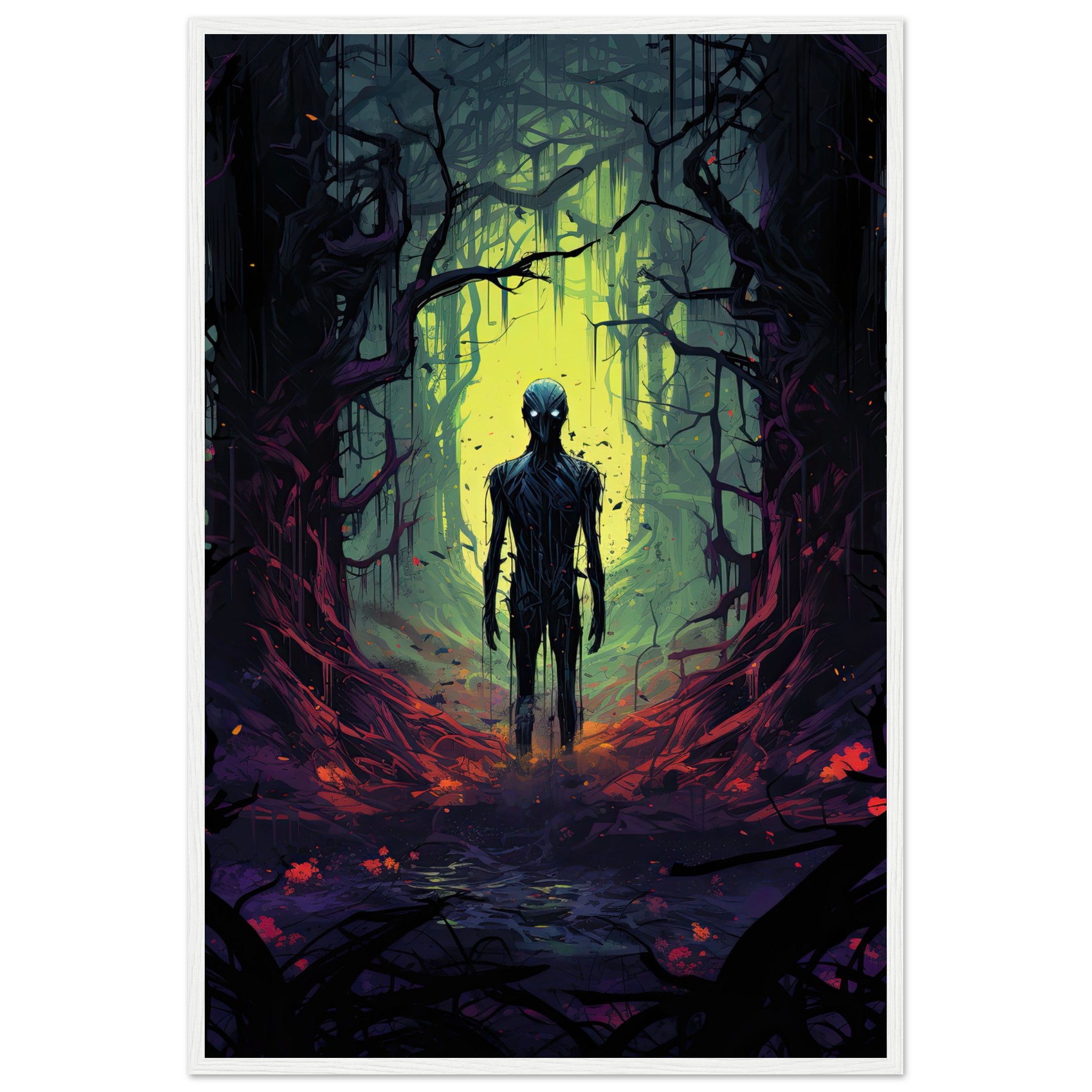
10
Jul
Capturing Time: A Journey Through the History of Photography
Photography, a medium that has become an integral part of our visual culture, has a rich and captivating history. From its humble beginnings as an experimental process to its ubiquitous presence in our modern lives, photography has revolutionized the way we document, perceive, and remember the world around us. Join us as we embark on a journey through the fascinating history of photography, from its early pioneers to the digital age.
The Invention of Photography:
The roots of photography can be traced back to the early 19th century when various inventors and scientists began experimenting with capturing images through light-sensitive materials. However, it was in 1839 that the breakthrough occurred simultaneously with two key inventions: the daguerreotype by Louis Daguerre in France and the calotype by William Henry Fox Talbot in England. These processes marked the birth of practical photography, allowing images to be fixed onto metal plates or paper negatives.
Early Developments:
In the mid-19th century, photography rapidly evolved as advancements in technology and techniques took place. Glass plates replaced metal plates, allowing for more precise and durable images. Improvements in lenses and shutter speeds made photography more accessible and practical. The wet plate collodion process, introduced in the 1850s, provided greater detail and clarity, paving the way for portraiture and documentary photography.
The Age of Exploration:
As photography became more refined, photographers embarked on expeditions to capture the world’s diverse landscapes, cultures, and people. Carleton Watkins and Timothy O’Sullivan documented the American West, while Eadweard Muybridge captured motion through his groundbreaking studies of human and animal locomotion. These photographers not only preserved invaluable visual records but also expanded the artistic and documentary potential of photography.
The Birth of Modern Photography:
In the late 19th and early 20th centuries, photography experienced a significant shift with the emergence of new artistic movements. Pictorialism, championed by photographers like Alfred Stieglitz, aimed to elevate photography to the level of fine art by utilizing soft focus, manipulated printing techniques, and atmospheric compositions. Concurrently, the straight photography movement, spearheaded by photographers such as Paul Strand and Edward Weston, celebrated sharp focus, clarity, and honest representation of the subject matter.
The Era of Film:
The introduction of roll film by George Eastman in the late 19th century brought about a significant transformation in photography. It made the process more convenient and accessible to a wider audience. The advent of smaller and more portable cameras, such as the Kodak Brownie, further democratized photography, allowing people from all walks of life to participate in capturing their own personal moments and experiences.
The Digital Revolution:
The late 20th century witnessed a monumental shift with the introduction of digital photography. Digital cameras, which utilized electronic sensors to capture and store images, gradually replaced traditional film cameras. This technological advancement brought about unprecedented convenience, immediacy, and creative possibilities. The digital age also ushered in post-processing techniques, allowing photographers to manipulate and enhance images with software and tools.
Photography in the Digital Age:
In the 21st century, photography has become an integral part of our daily lives. Smartphones equipped with high-quality cameras have made photography more accessible and pervasive than ever before. Social media platforms have transformed photography into a means of instant sharing, fostering global communities of photographers and enthusiasts. The rise of digital platforms and online galleries has expanded the reach and exposure for photographers worldwide.
Photography has evolved from a groundbreaking invention to a ubiquitous and multifaceted medium that permeates our society. It has documented history, preserved memories, and served as a tool for artistic expression. Throughout its history, photography has continually pushed the boundaries of technology, creativity, and human perception, leaving an enduring impact on the way we see and understand the world.
In conclusion, the history of photography is a testament to the ingenuity, creativity, and curiosity of countless individuals who have continuously pushed the boundaries of this remarkable medium. From its early pioneers to the digital age, photography has shaped our collective visual culture and continues to evolve, capturing the essence of time and preserving our shared human experiences.































